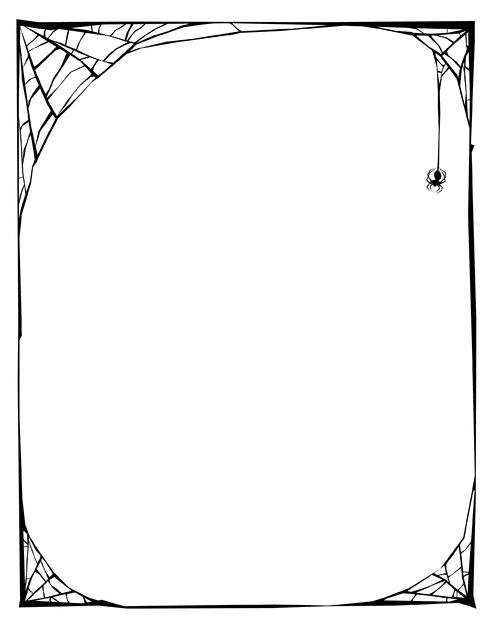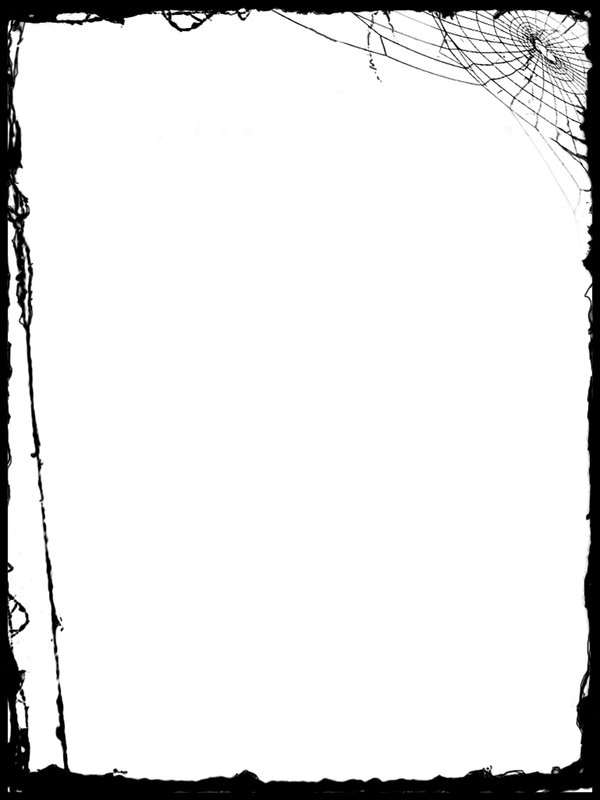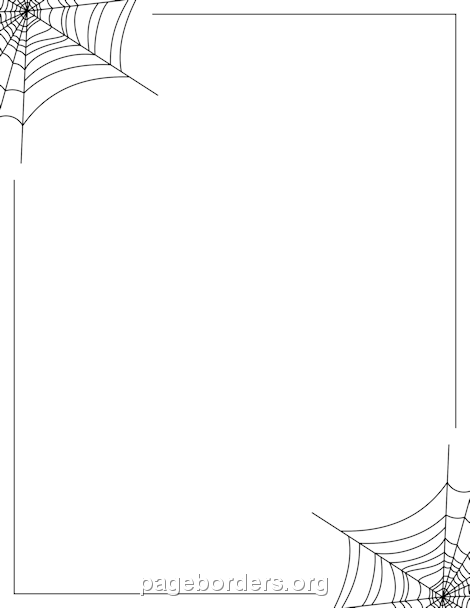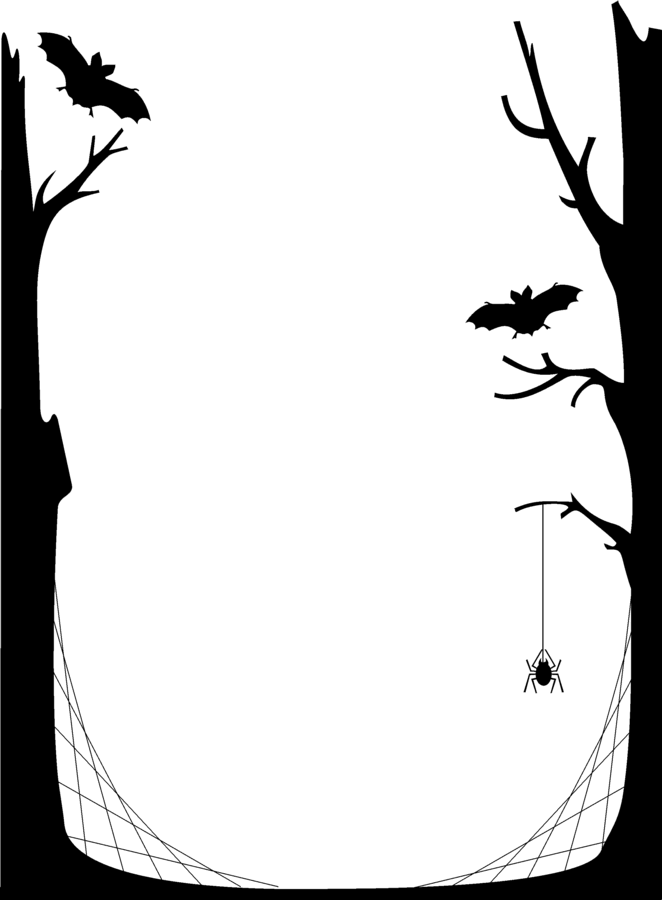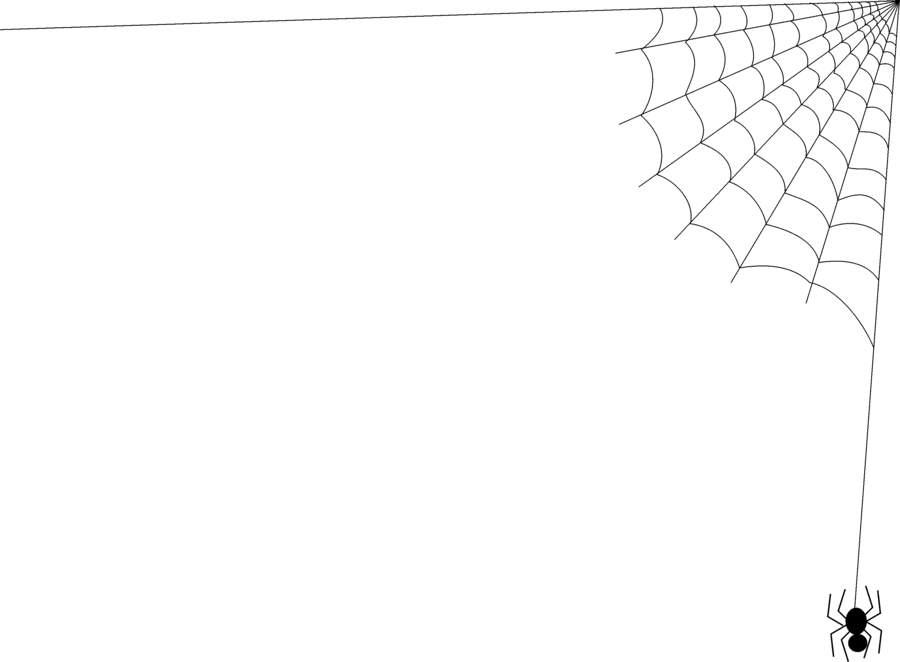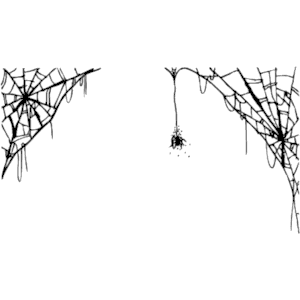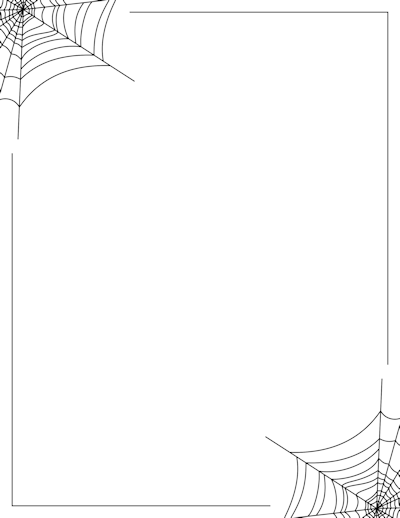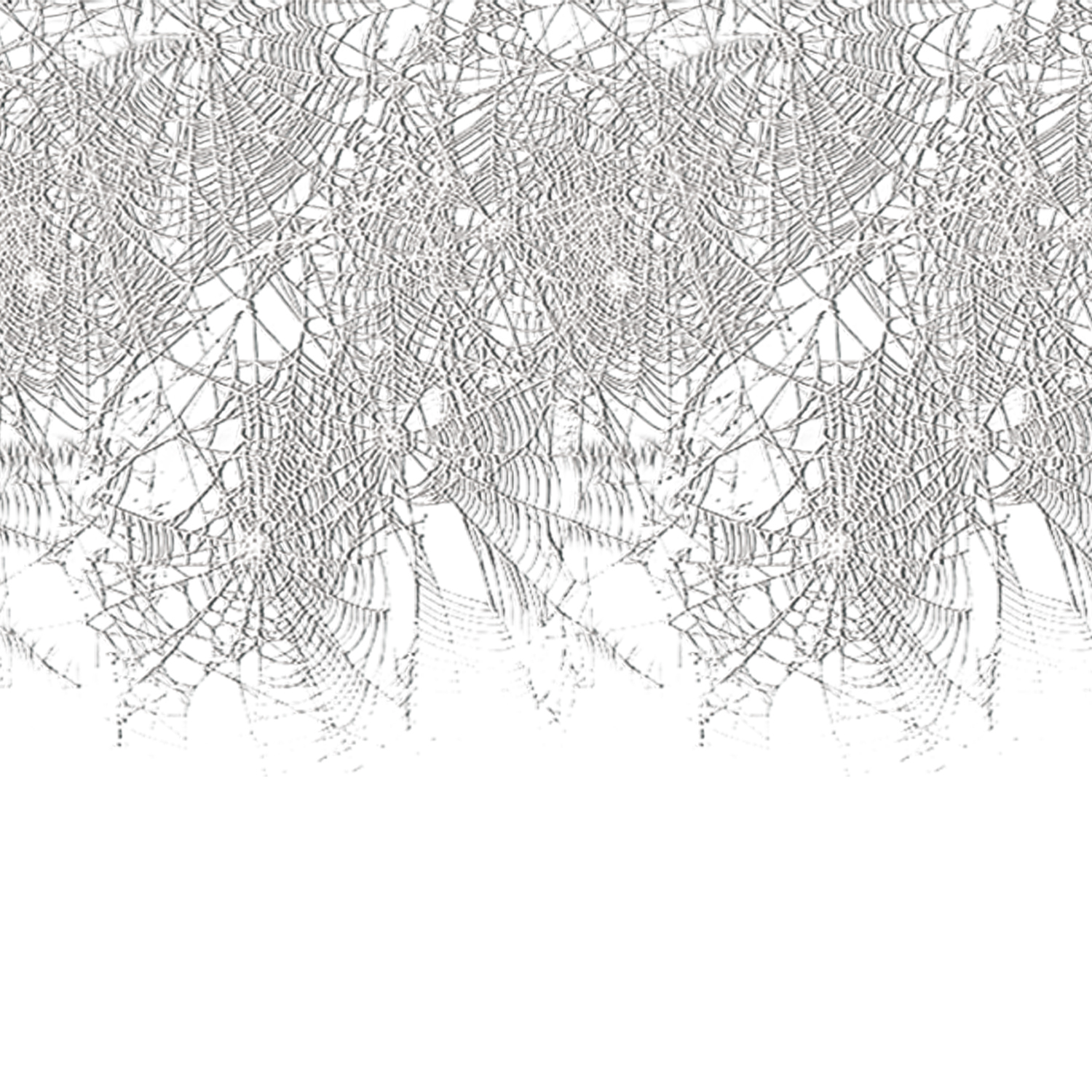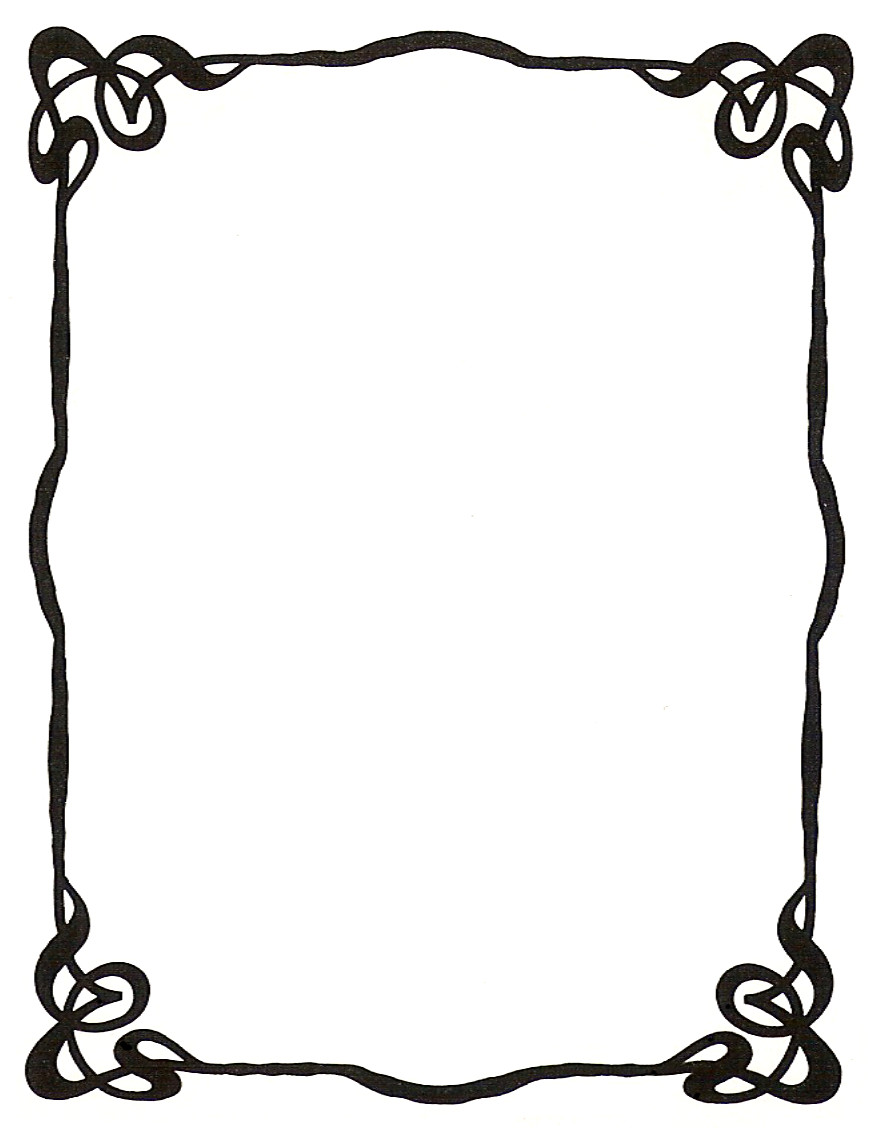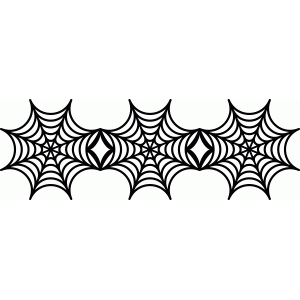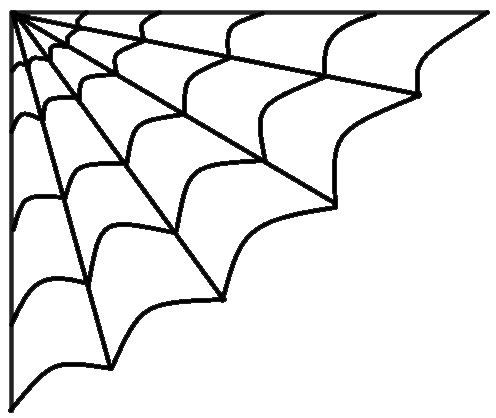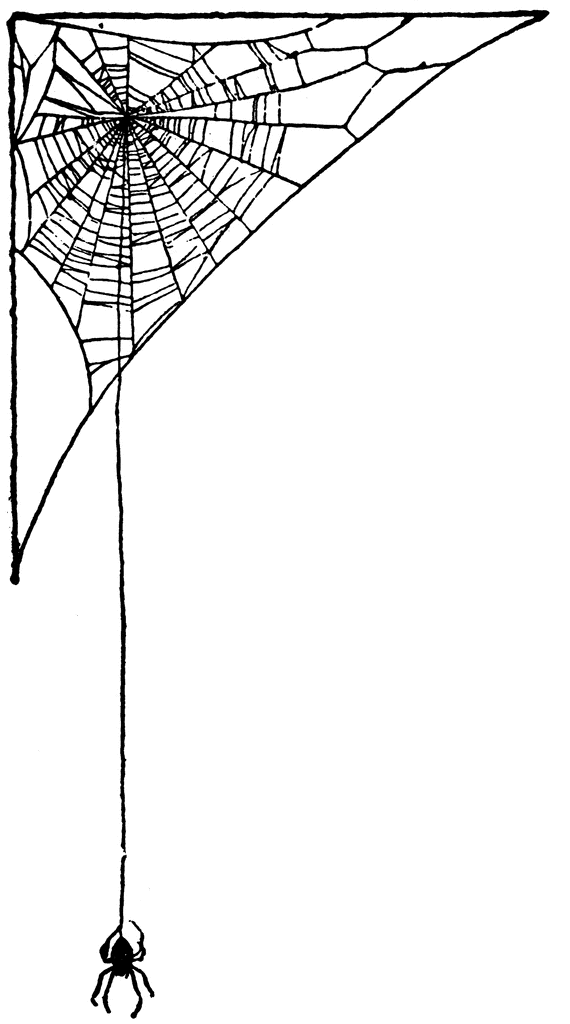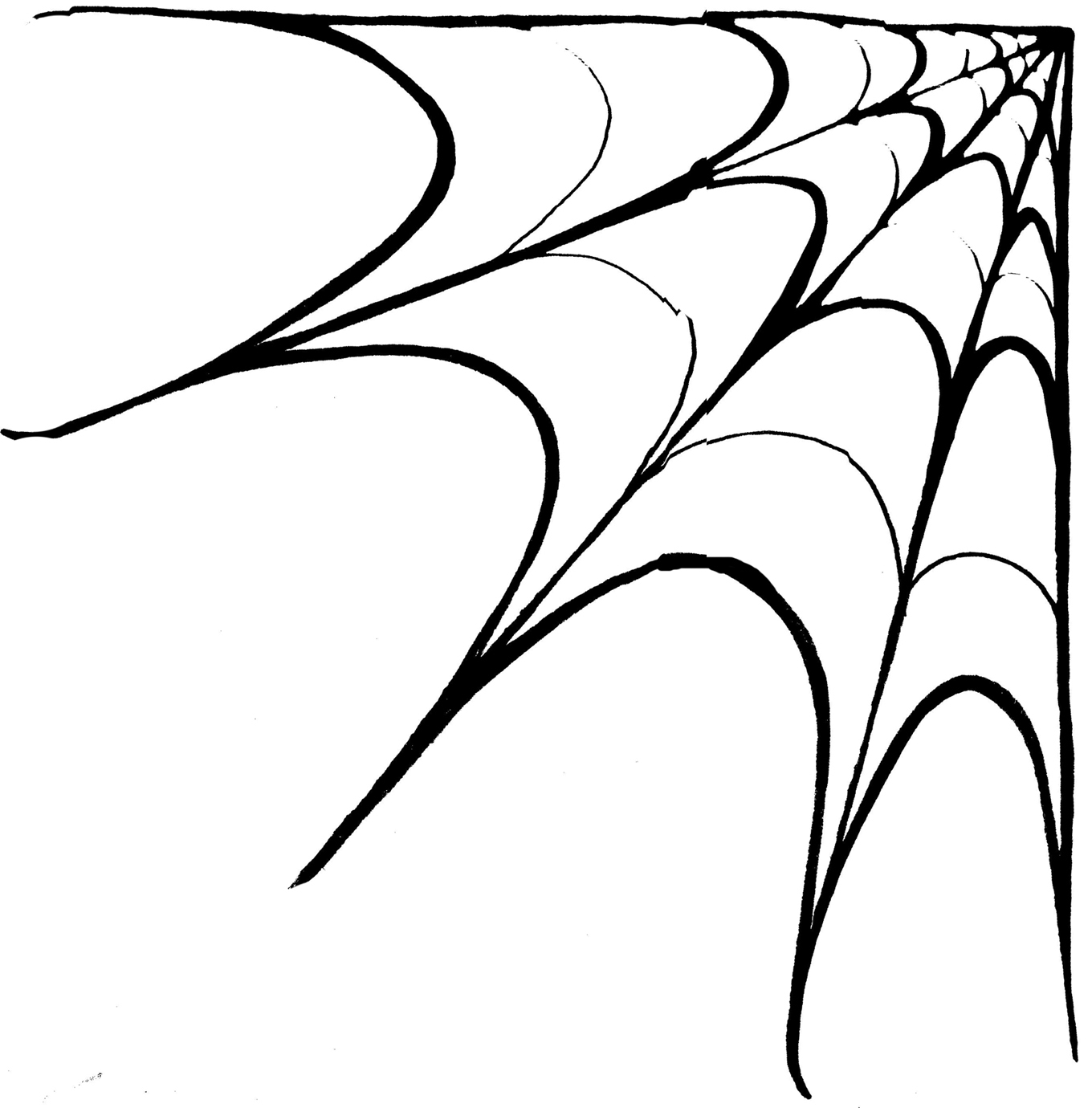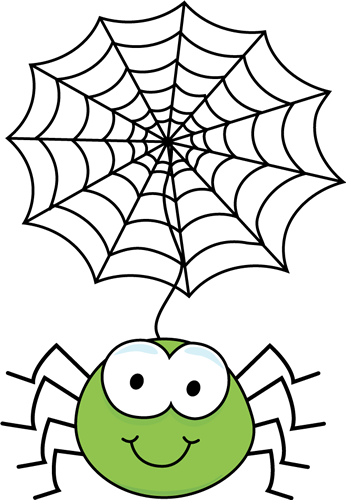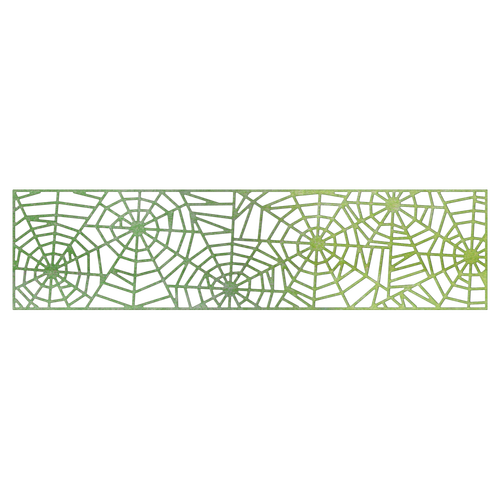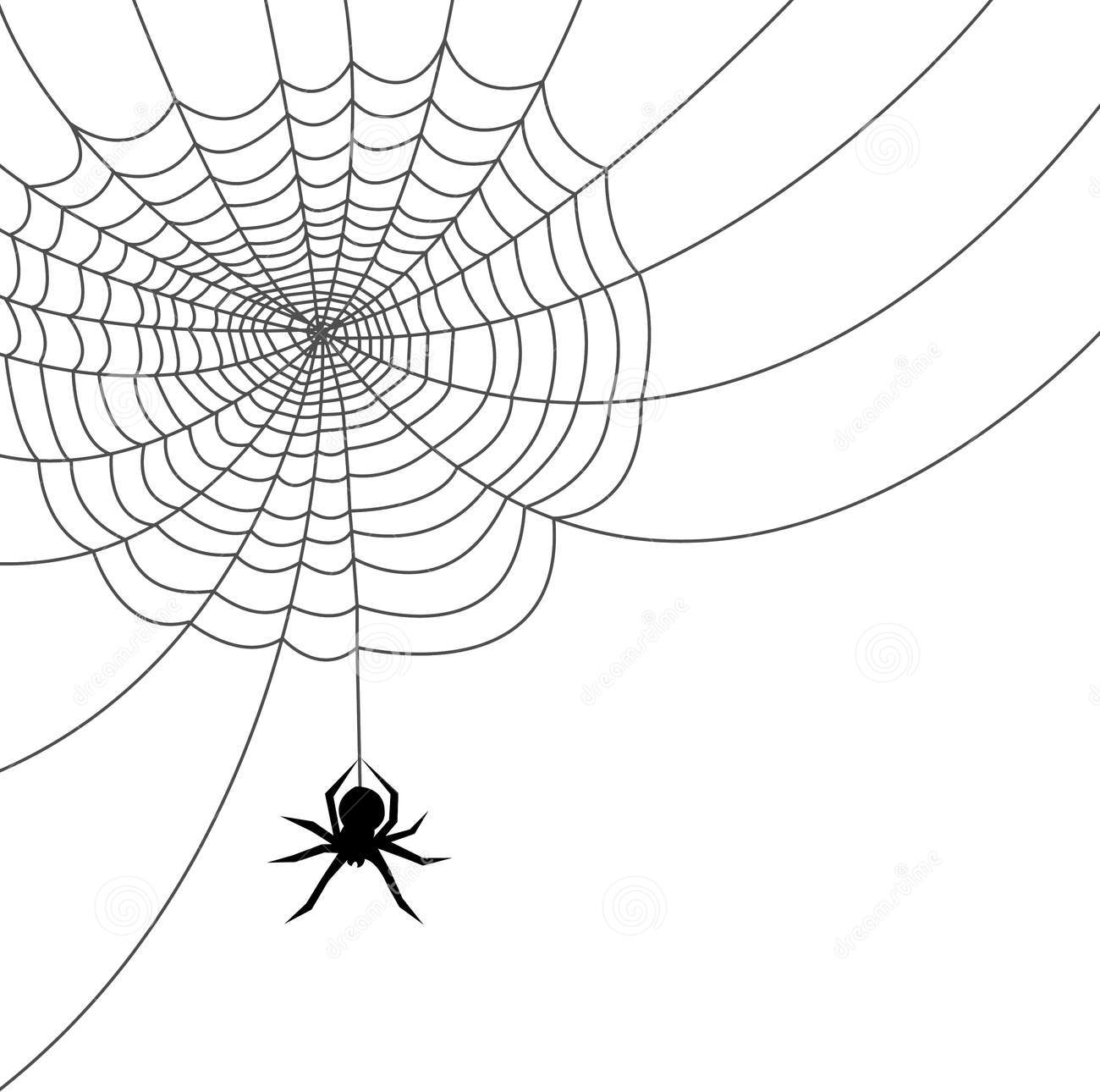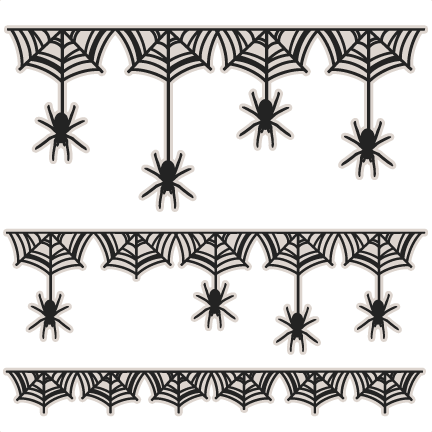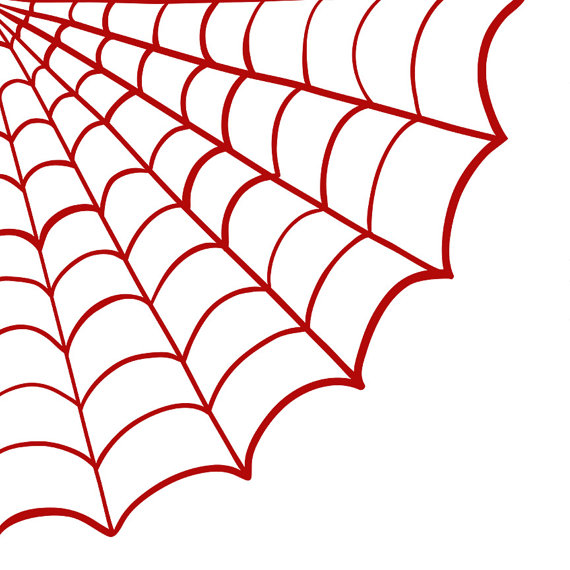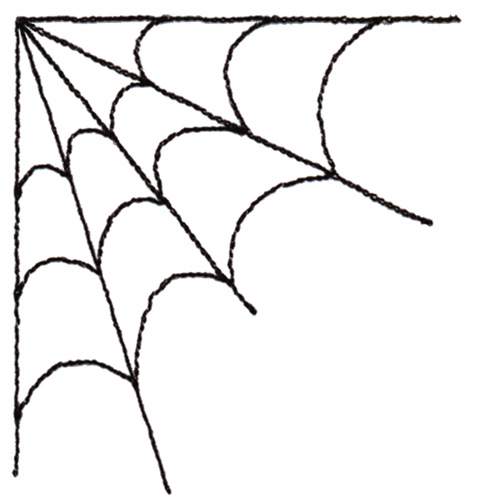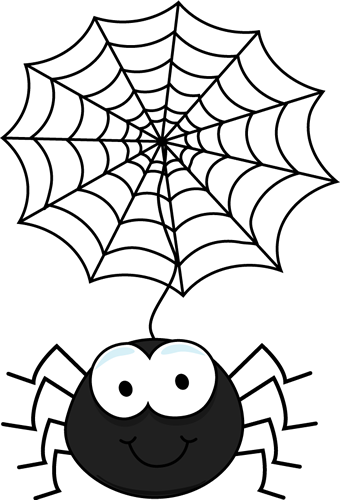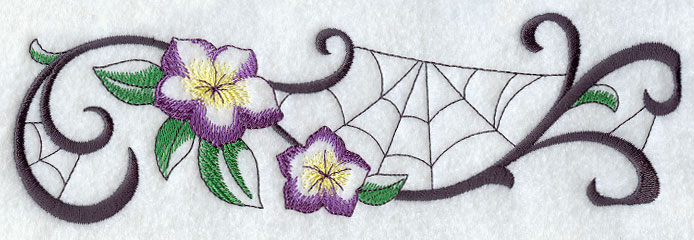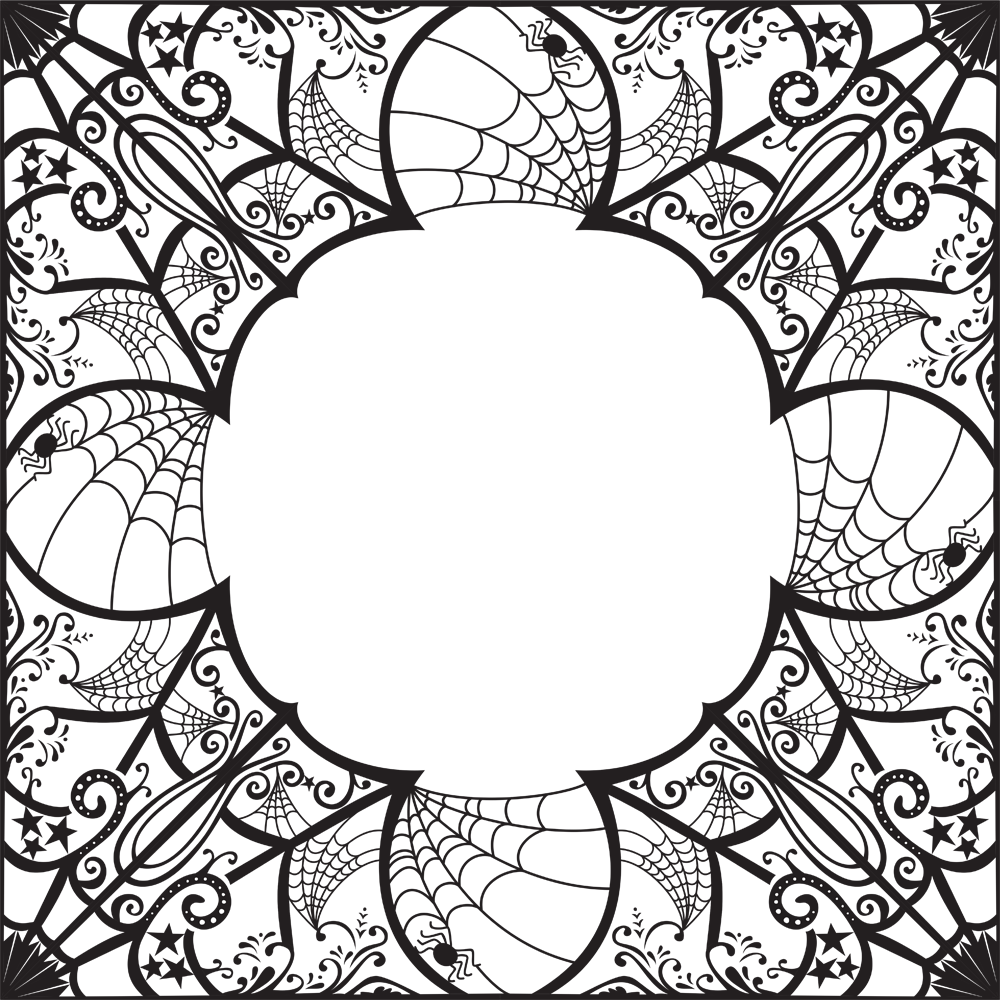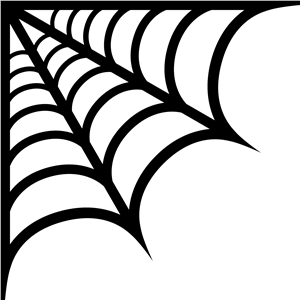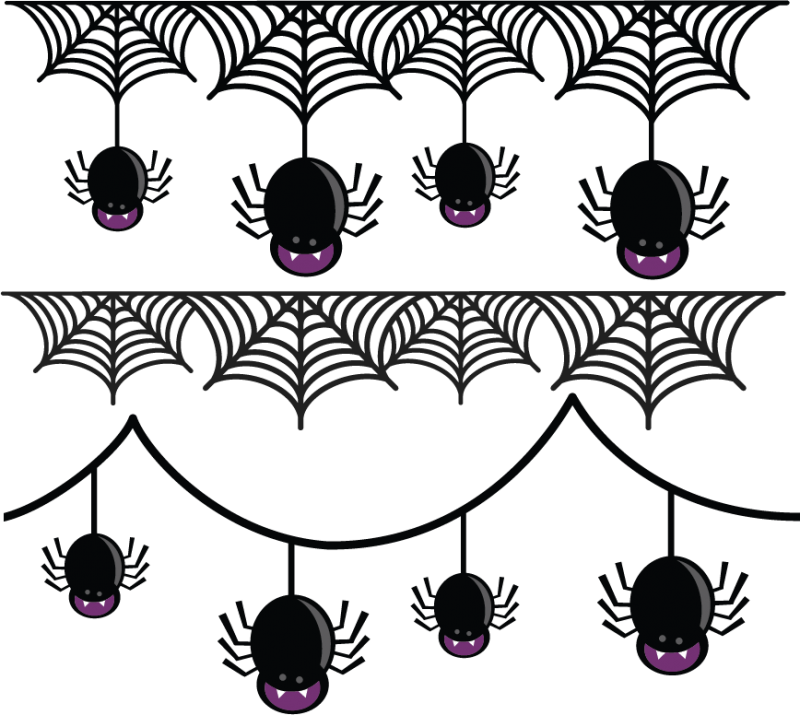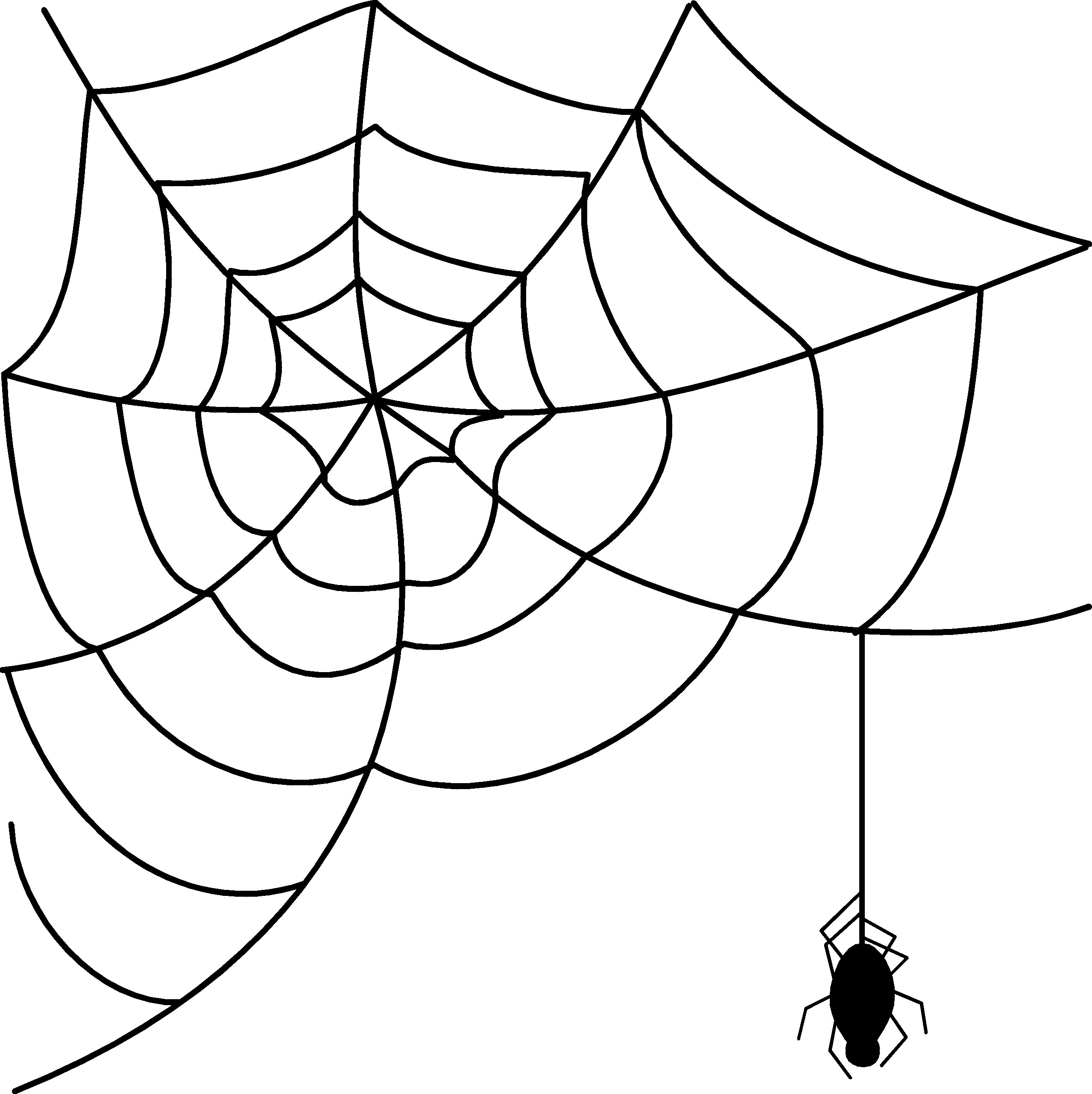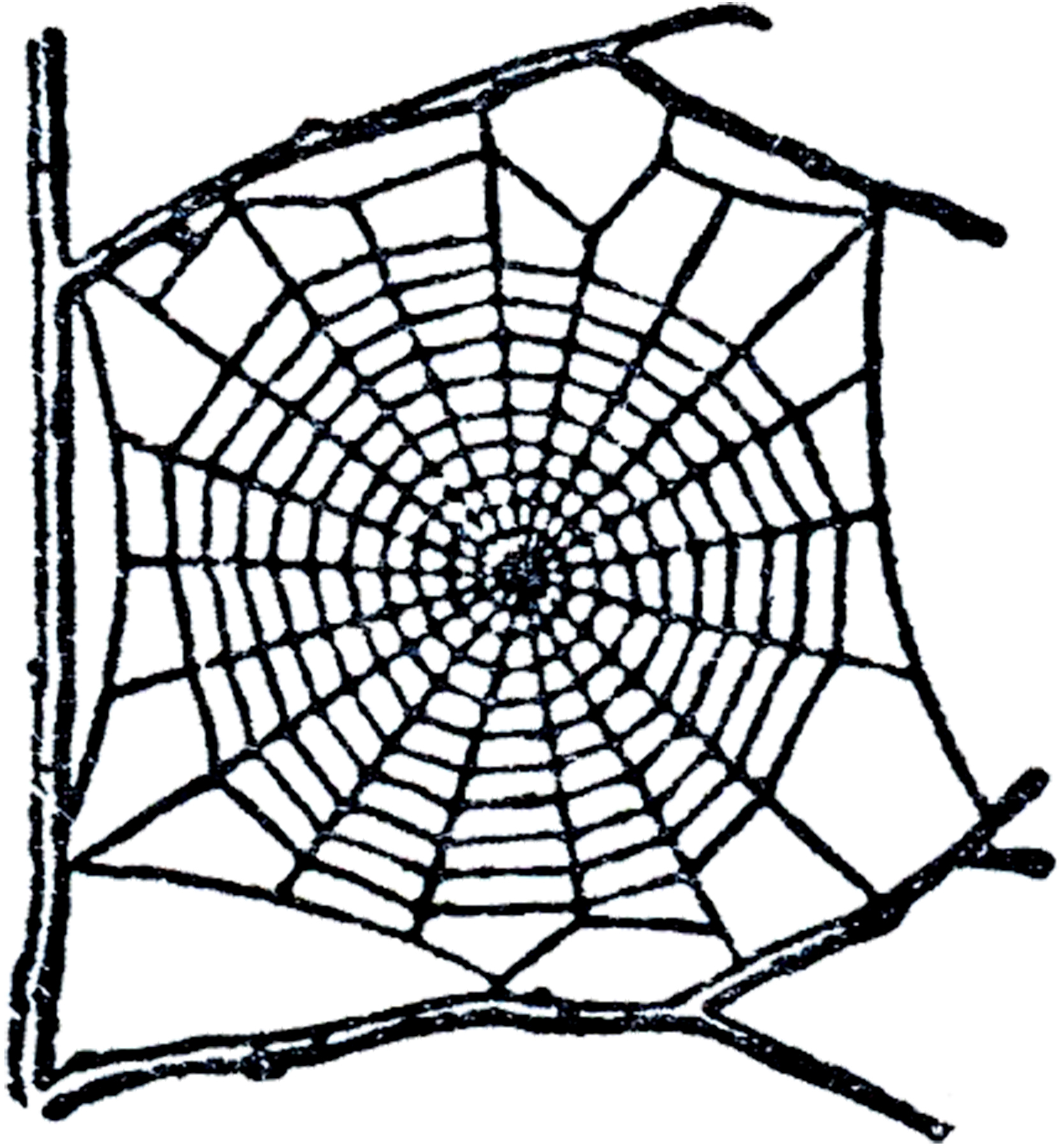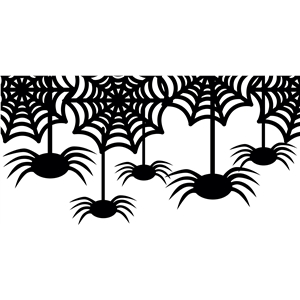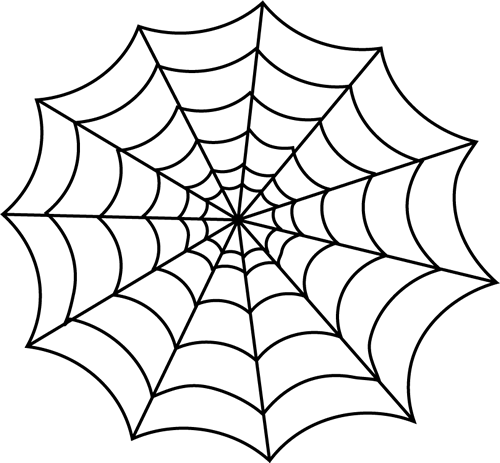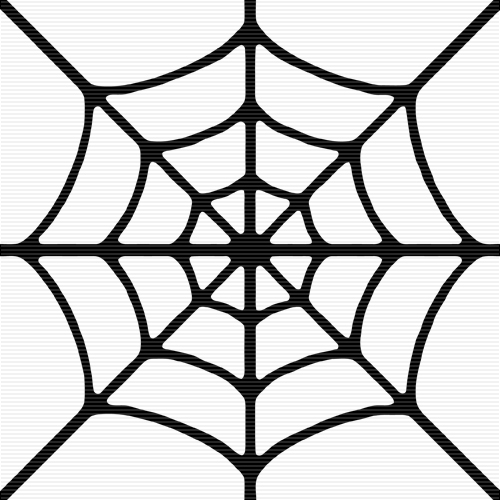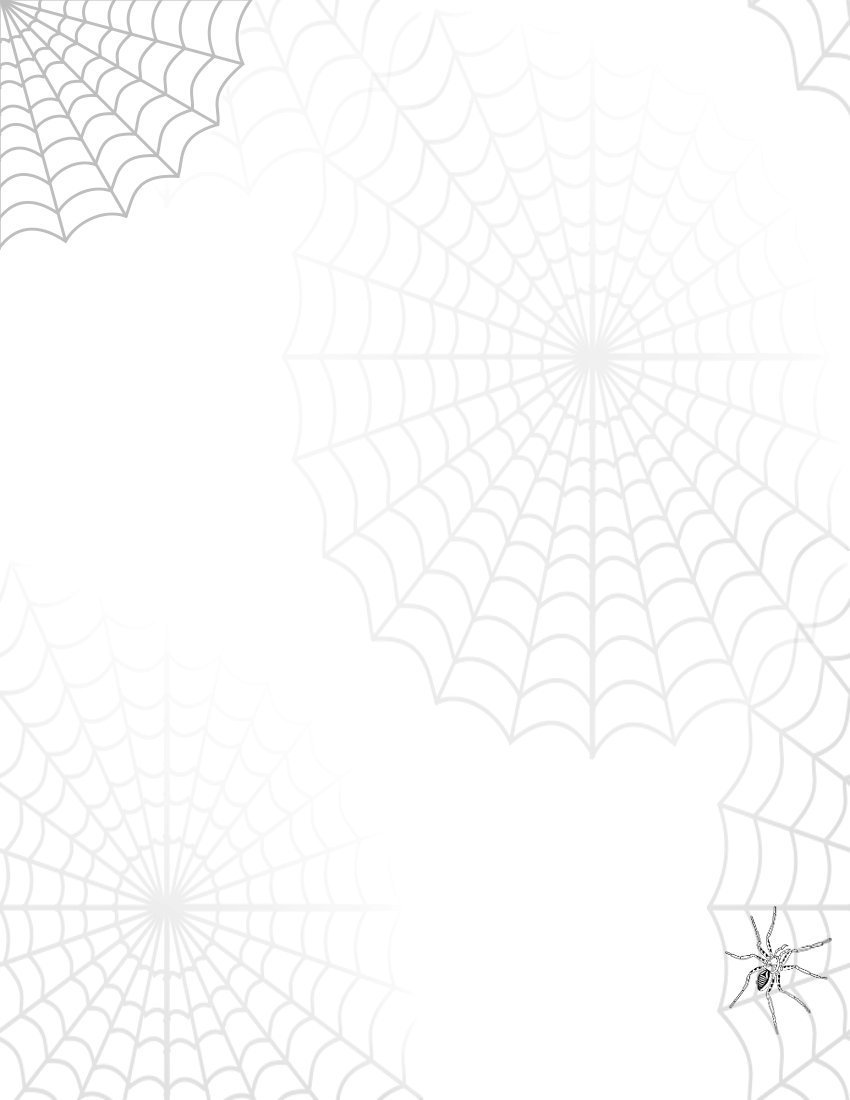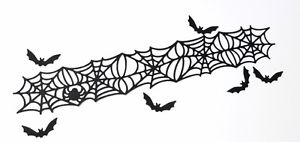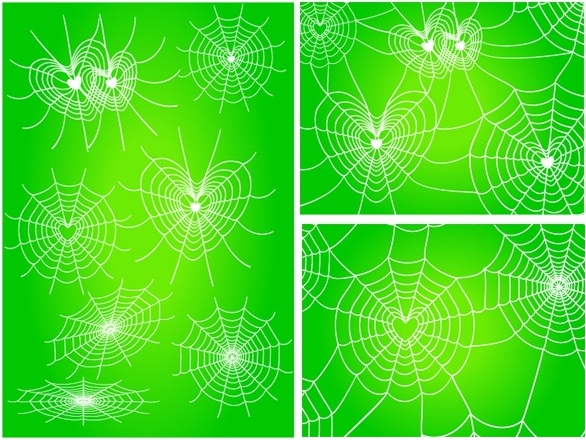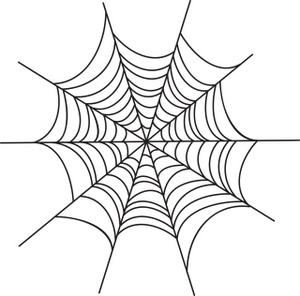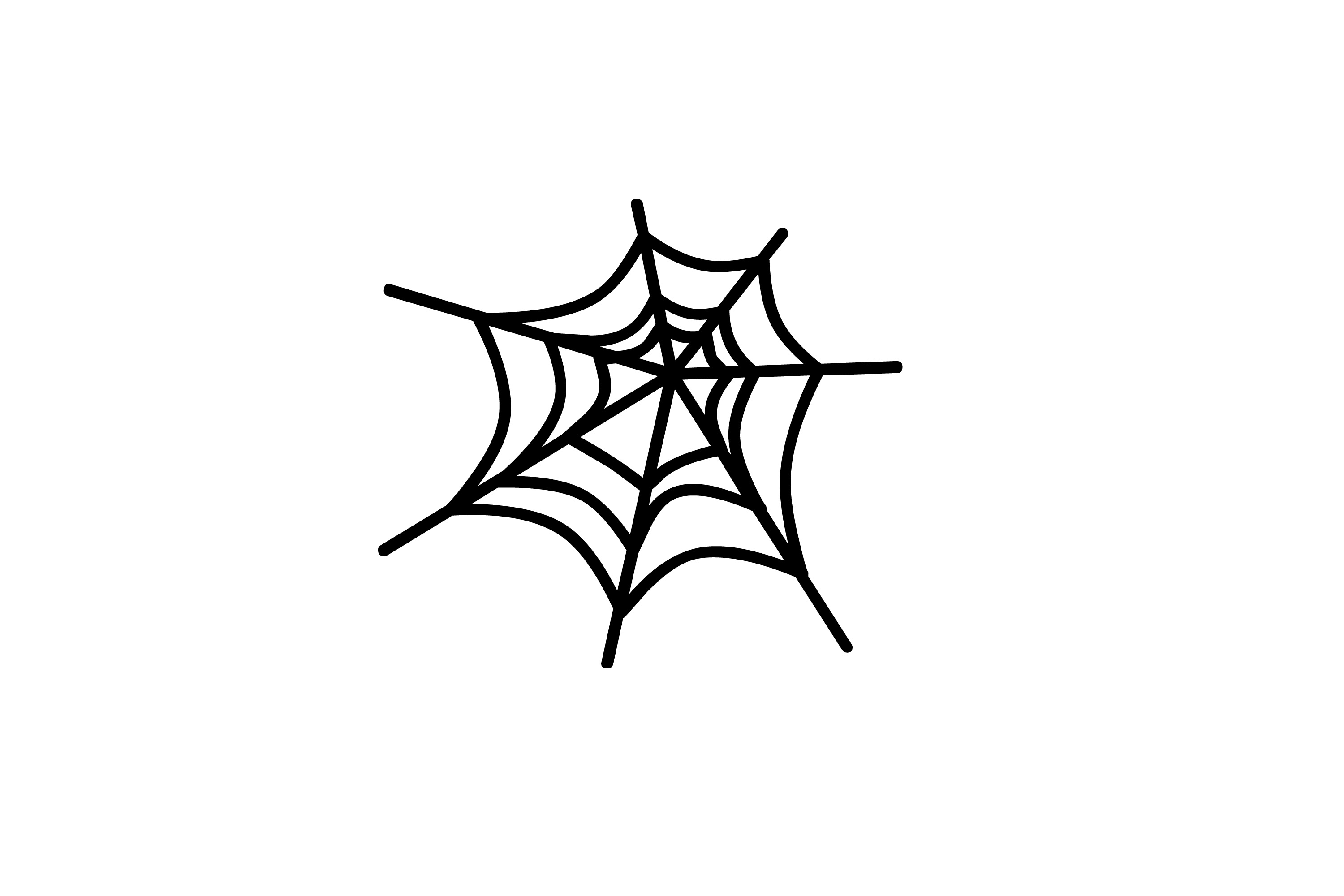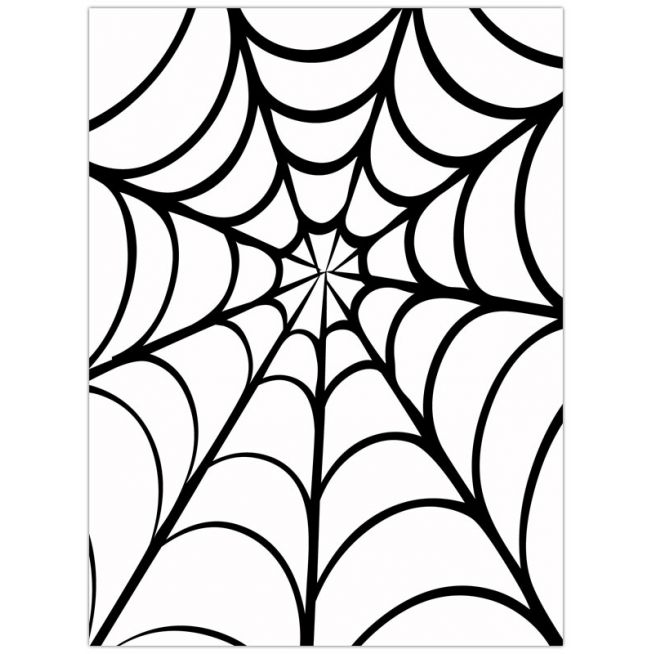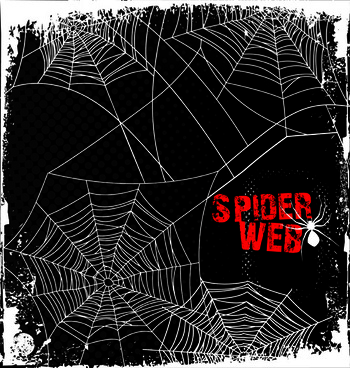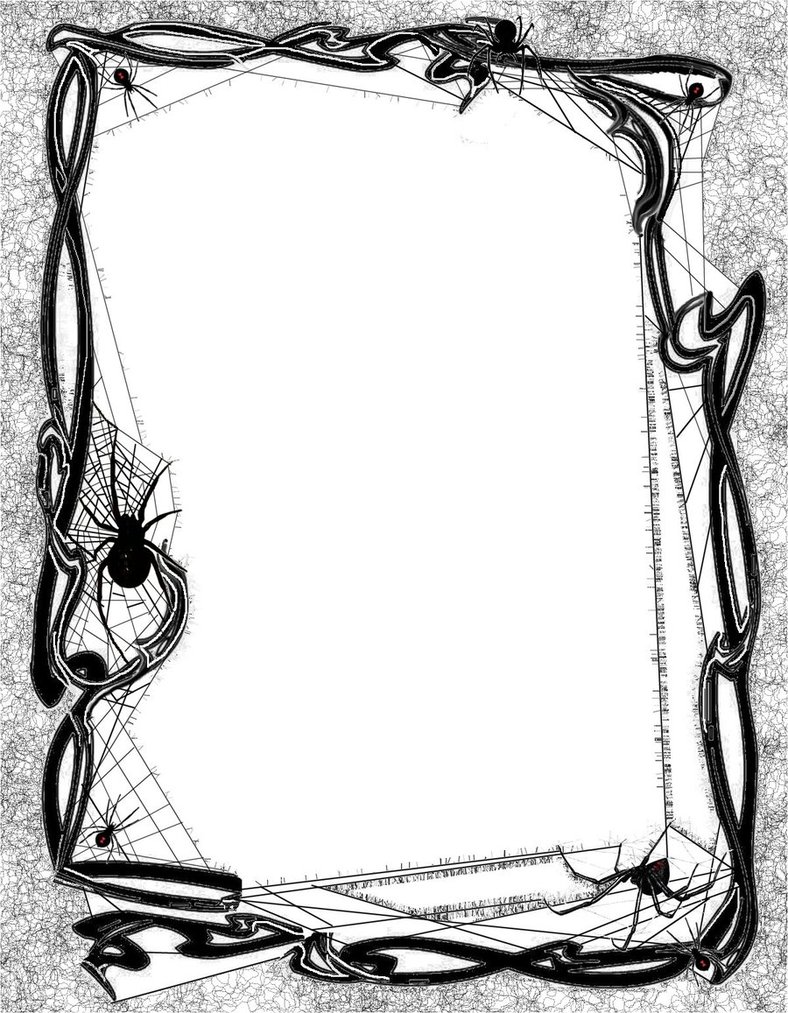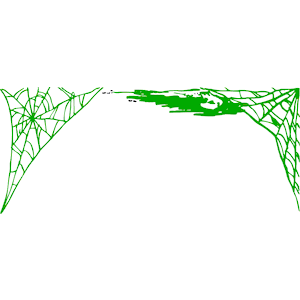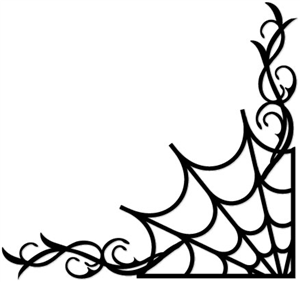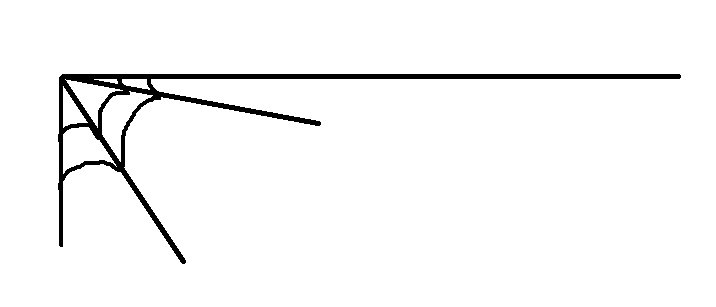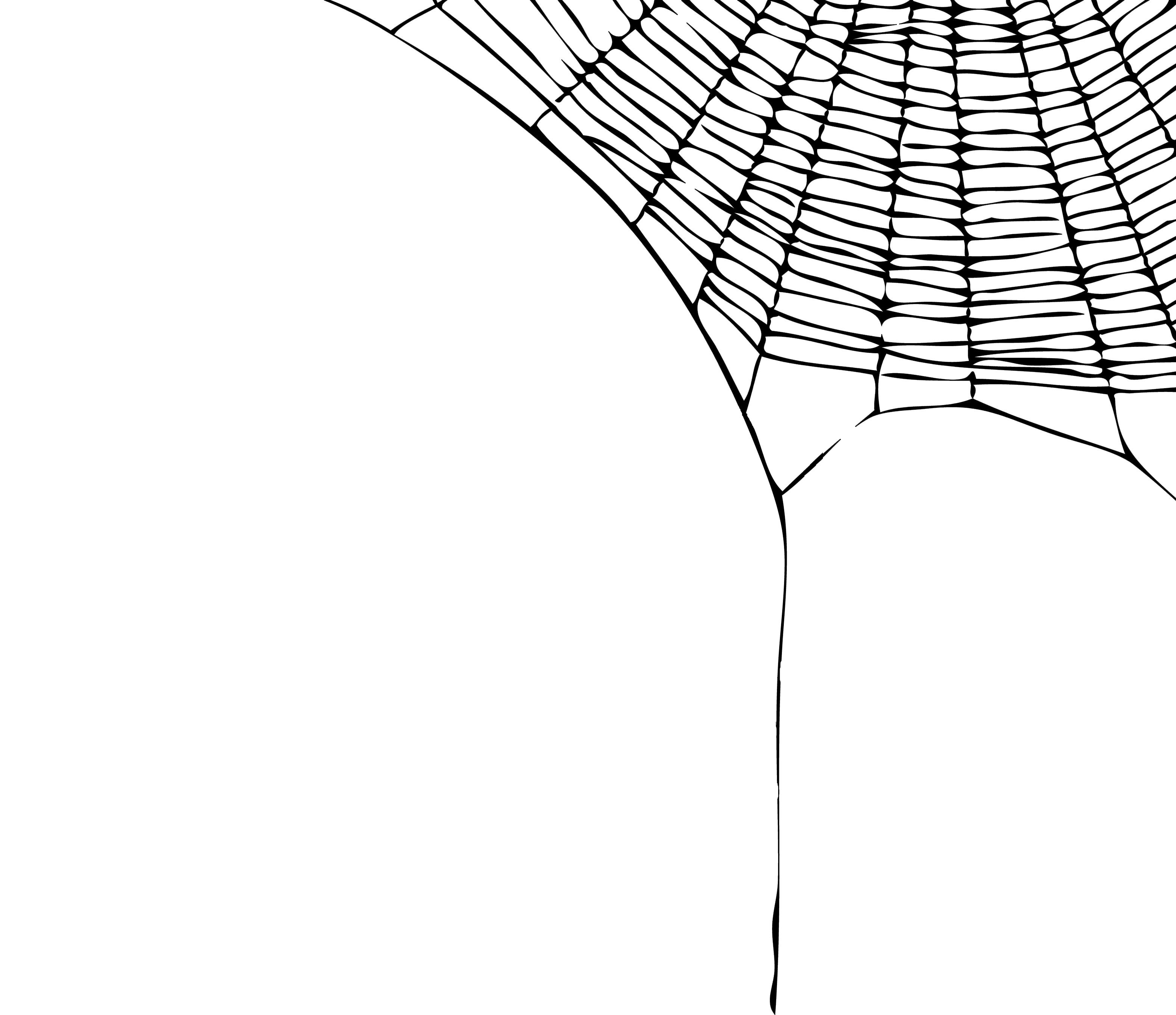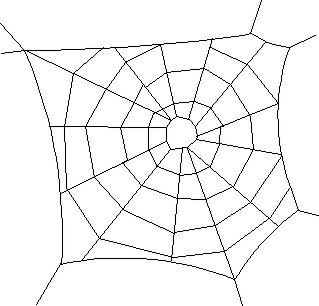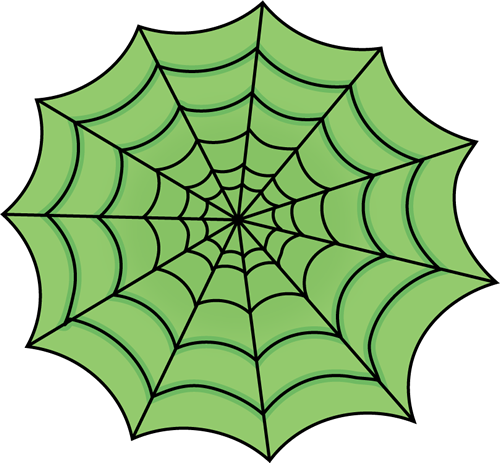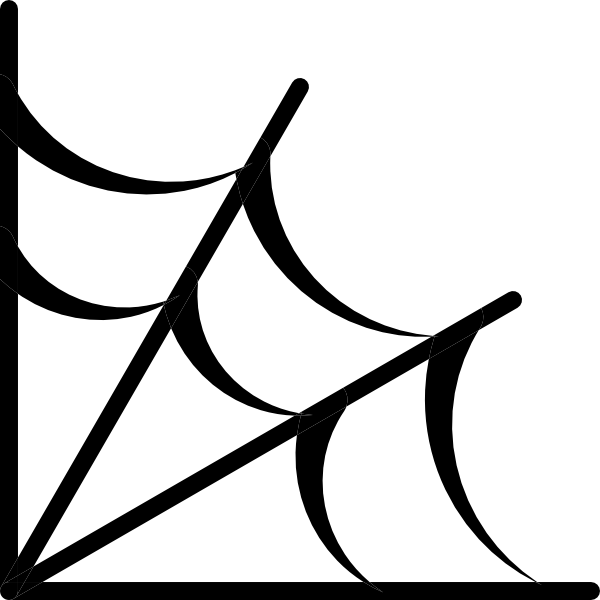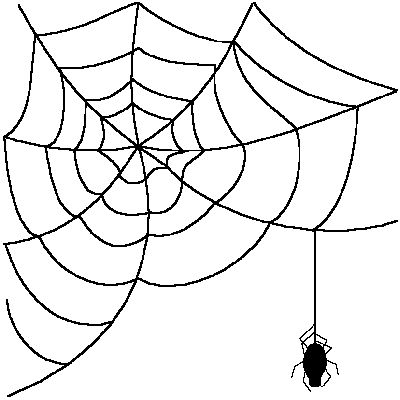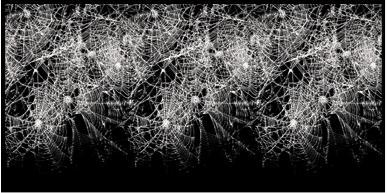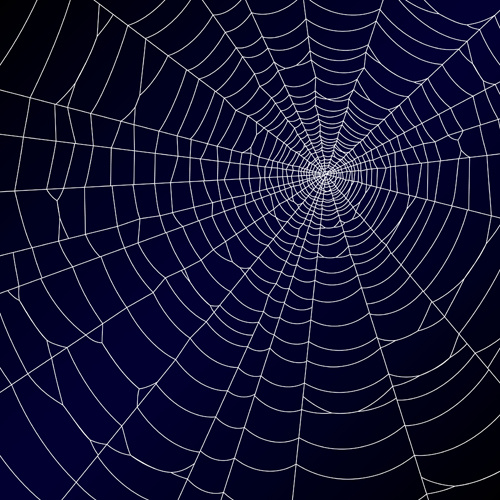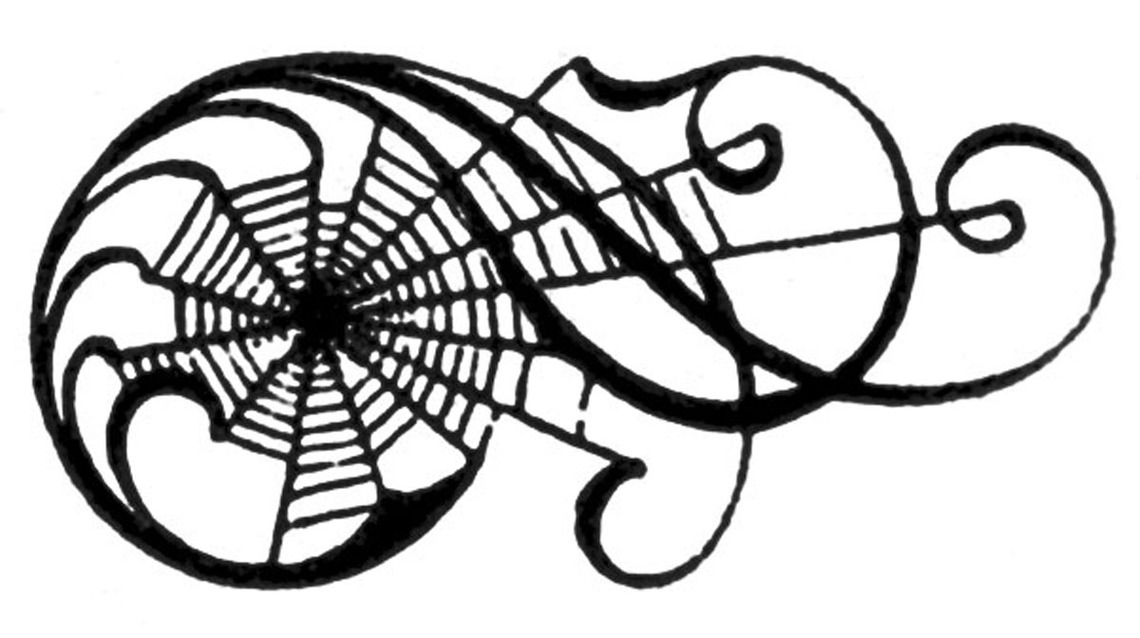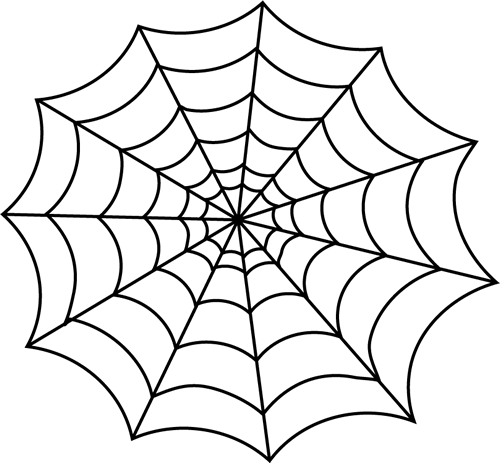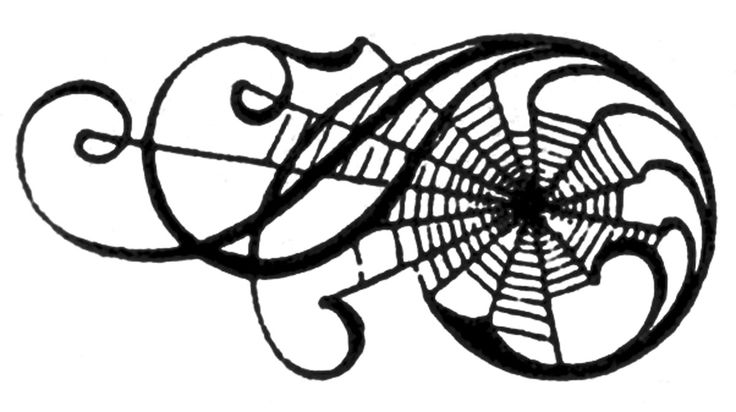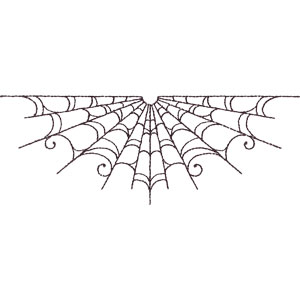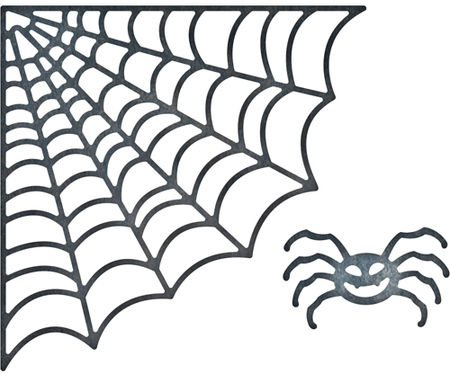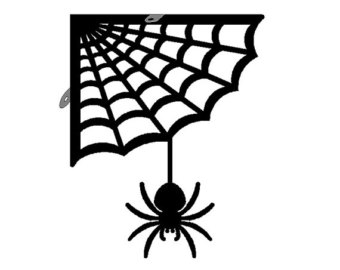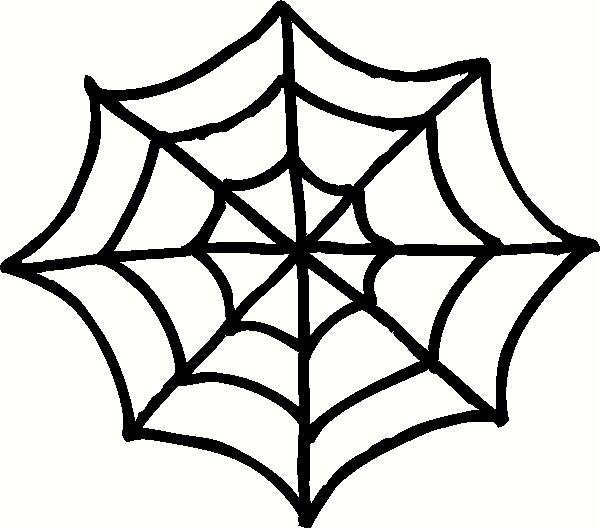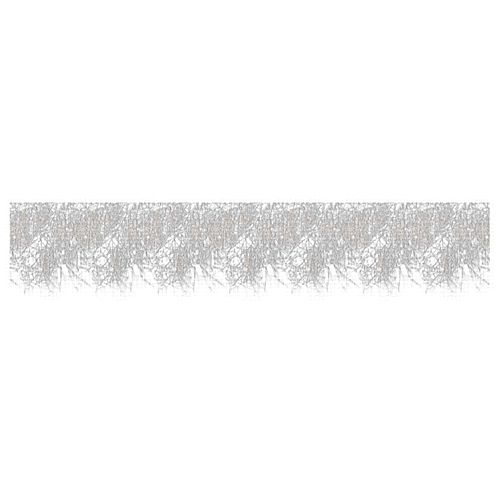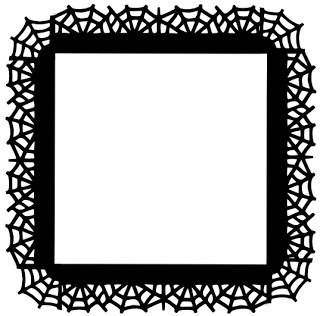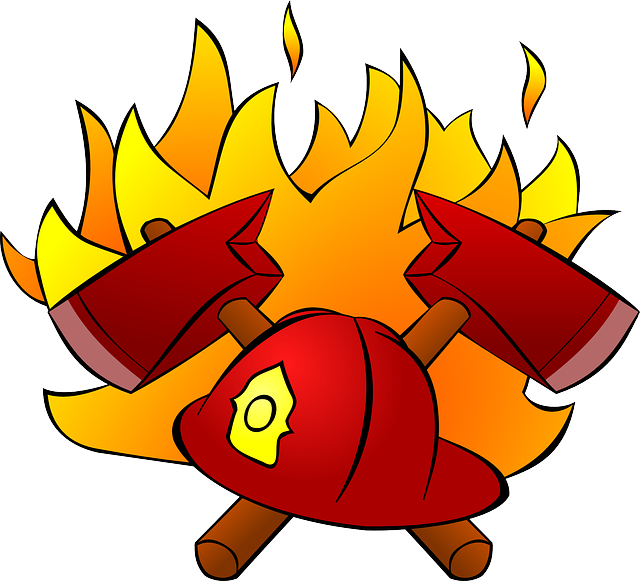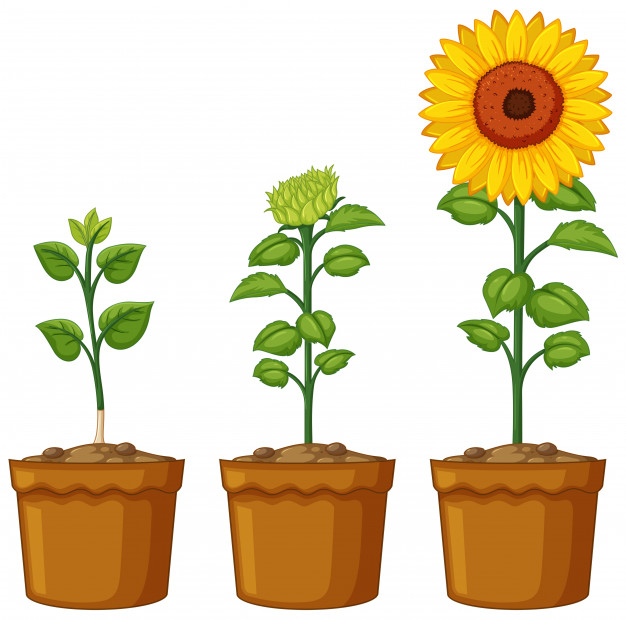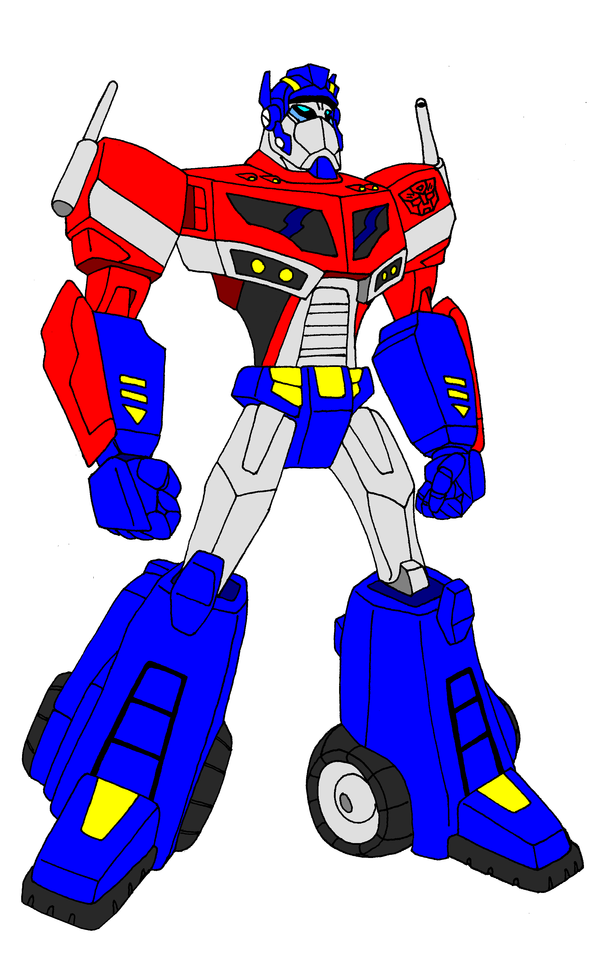Spider Web Border
Spider webs are intricate and delicate structures that have amazed people for centuries. They are created by spiders for a variety of reasons, including catching prey, protecting their eggs, and even for transportation. The image of a spider web is both fascinating and beautiful, and it holds a special place in the world of art and photography.
One of the most striking things about spider webs is their complex geometry. The silk that spiders spin is incredibly strong, despite being very thin. In fact, spider silk is one of the strongest natural fibers known to man. This strength, combined with the intricate design of the web, helps the spider to catch its prey. The way the strands of silk intersect and overlap creates a sticky, almost adhesive surface that insects get stuck to when they come in contact with it.
Another interesting aspect of spider webs is the way they reflect light. The strands of silk catch the light and reflect it in a unique way, creating a mesmerizing effect. In fact, spider webs have been used as inspiration for many artists and photographers throughout history. The famous artist M. C. Escher even created a series of lithographs based on spider webs, showcasing their intricate geometry and beauty.
Photographers also find spider webs to be an intriguing subject to photograph. The intricate details and the way they reflect light create stunning images that are both interesting and visually appealing. Photographing spider webs requires patience and skill, as they are delicate and can easily be damaged or destroyed. But when captured properly, a spider web image can be truly captivating.
Spider web images can also be used for educational purposes. They are an excellent tool for teaching children about spiders and their role in the ecosystem. The webs themselves can be studied to understand how they are created, how they function, and how they can be used for research. Scientists even use spider silk for a variety of purposes, such as creating artificial tendons and ligaments.
In addition to their aesthetic and educational value, spider webs also have cultural significance. They are often used as symbols in literature and art, representing concepts like entrapment and fragility. In some cultures, spider webs are considered good luck and are even used as a way to forecast the weather. In Native American folklore, spider webs are used in creation stories as a way to explain the origin of the world and its inhabitants.
Spider webs are fascinating structures with a variety of uses and meanings. Their intricate geometry and reflective qualities make them a popular subject for art and photography. They also have educational and cultural value, providing insight into the world of spiders and their role in the ecosystem. So, the next time you see a spider web, take a moment to appreciate its beauty and complexity.
66 Spider Web Border vector / images. Browse the popular clipart of spider web border and get Spider Web Border for your personal use. Please share these Spider Web Border to your friends if it is useful.
